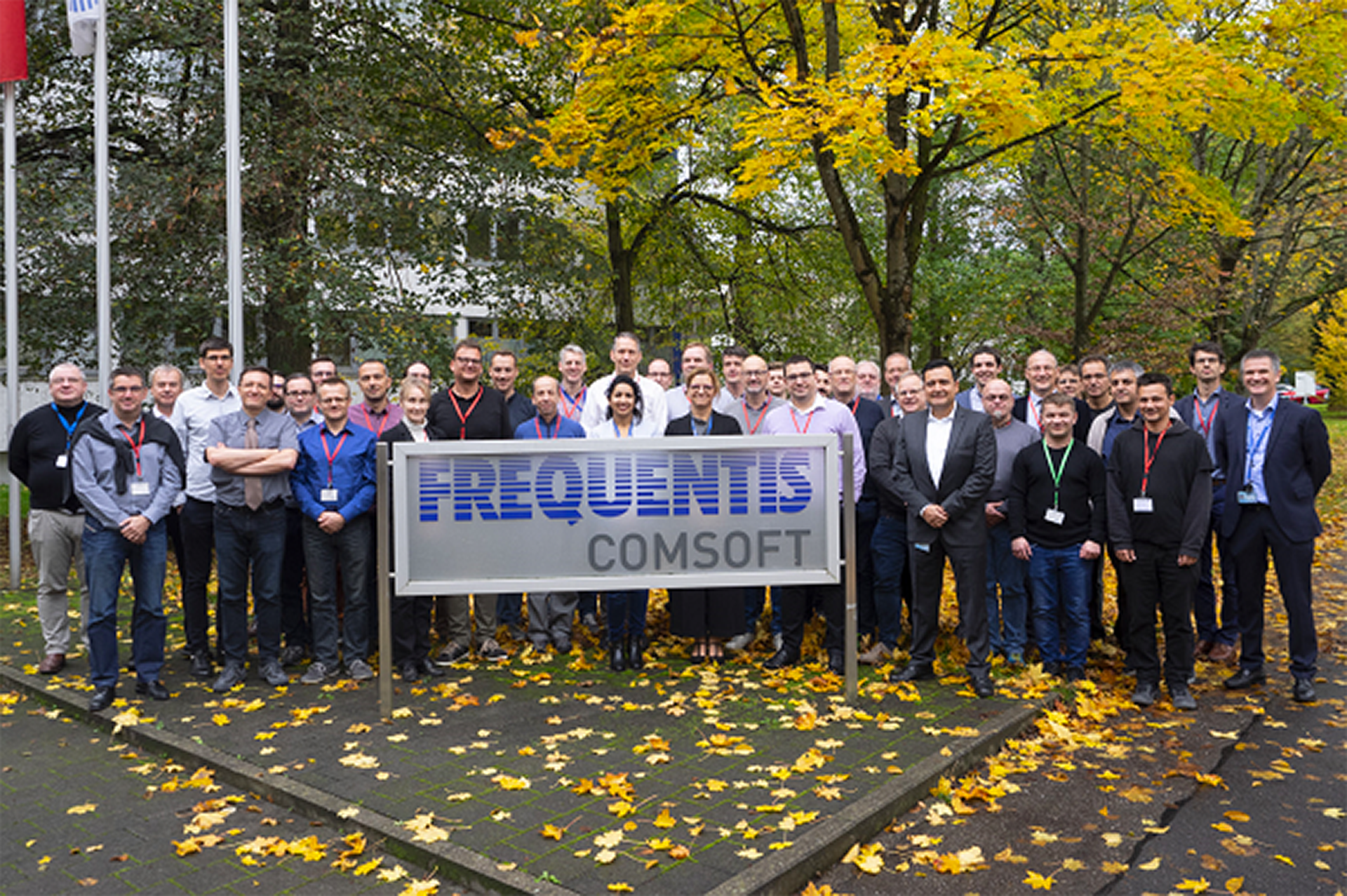CANSO Global Safety Achievement Award 2018 shortlist announced

CANSO is pleased to announce the nominees for the CANSO Global Safety Achievement Award 2018. The award is given to a company or team that has made a significant contribution to reducing aviation risk in the past 12 months.
The work of the shortlisted nominees exemplifies the innovation and dedication that continues to drive aviation safety forward among CANSO Members.
The winner will be announced at the CANSO Global Safety Achievement Award Dinner during the CANSO Global ATM Safety Conference 2018 in Banff, Canada. Join us for this exciting night and for the conference’s in-depth sessions and workshops on new policy, best practice and innovative ideas at the forefront of global ATM safety.
The nominees for the CANSO Global Safety Achievement Award 2018 are:
– Samba Dabor, Safety Manager, Roberts Flight Information Region (FIR): Samba Dabor was appointed Safety Manager in May 2018 and assigned the responsibility of establishing the first safety management system (SMS) for Roberts FIR, a cooperative venture between Guinea, Liberia and Sierra Leone to provide air navigation services for en-route flights in their combined airspace – part of the CANSO Africa ATM Safety Peer Review Initiative. In August 2018, only three months after Mr Dabor assumed the role and began the development of the Roberts SMS, the organisation underwent peer review and demonstrated that it had attained SMS Maturity Level C according to the CANSO Standard of Excellence in Safety Management Systems.
– Sudan Air Navigation Services Safety & Quality Section: The Air Navigation Services Safety & Quality Section, a group within the Sudan Civil Aviation Authority (CAA), is nominated for its contributions to building an integrated system for managing the Sudan Air Navigation Services safety project. The project, undertaken to ensure the sustainability of the ongoing growth in the Republic of Sudan’s aviation sector and continuing compliance with ICAO standards, has achieved four of its six phases since its inception in 2016. The project will continue to encourage innovation, creativity and outstanding performance through its completion in 2020.
– Ann Lindeis, Elizabeth O’Hurley and Andi Dekker, NAV CANADA: Ms Lindeis, Ms O’Hurley and Mr Dekker led the effort to establish and implement NAV CANADA’s Safety Pillar programme, which has been recognised by CANSO as a best practice for safety communication in both 2017 and 2018. Thanks largely to their work, the Safety Pillar Programme has brought major benefits to NAV CANADA in improving safety communications, supporting hazard identification and risk assessment at the unit level, and enhancing safety culture.
– Unifly: In response to the many challenges to air navigation safety presented by unmanned aircraft, Unifly created a software platform to manage drone traffic, allowing drone pilots to check if their intended drone flight can be performed without violating applicable local and national legislation and enabling authorities to manage and trace drone traffic and flight authorisations within their assigned airspace. This platform is already in use today by the national authorities of Germany, Denmark, Austria and Belgium, and Unifly is also developing and deploying systems in the US and Malawi. Continual technological innovation is increasingly important in managing new entrants to air navigation systems, and Unifly’s Unmanned Traffic Management (UTM) system exemplifies that critical innovation.
– Yondon Erdenebat, Air Navigation Policy Regulation Department of the Civil Aviation Authority of Mongolia (CAAM): The Civil Aviation Authority of Mongolia (CAAM) has led the way in an impressive collection of air traffic management collaborations in the past year, including forging new agreements with the Civil Aviation Administration of China to expand technical cooperation; hosting a conference on surveillance coordination that welcomed 120 ICAO Asia-Pacific member delegates; and connecting Mongolian air navigation services with those of two Russian regional centres, eliminating the need for air traffic information to be transmitted by telephone and thus drastically reducing errors during transmission.
